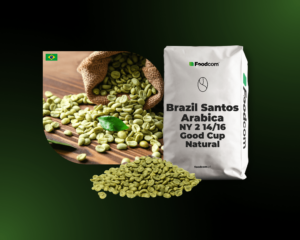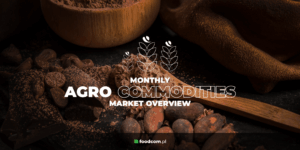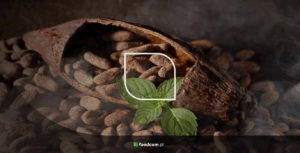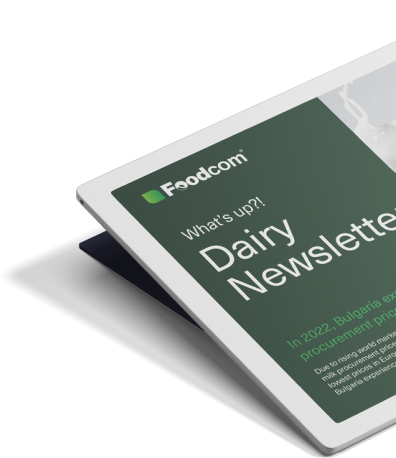- In Minas Gerais, rainfall was 49% of normal, causing Arabica prices to rise.
- Arabica coffee stocks on ICE fell to 398,645 bags, the lowest in 1.75 years.
- Production forecasts in Brazil and Vietnam indicate a possible increase in supply in the 2025/26 season.
Arabica gets more expensive due to low rainfall in Brazil
The latest data from the Minas Gerais region, a key Arabica growing area in Brazil, shows distinctly unfavourable weather conditions. In the week ended 21 November, only 26.4 mm of rain was recorded, which is only 49% of the multi-year average. Such a low level of rainfall during a critical period for the growth and health of plantations raises concerns about yield prospects, especially as the region accounts for a significant proportion of the country’s arabica production. The market reacts to such signals immediately. Uncertainty about crop condition leads to an increase in the risk premium, which is automatically passed on to futures quotations.
An additional factor that amplifies the price reaction is the scale of dependence of global buyers on Brazilian supplies. When the weather in the largest arabica-producing country begins to deviate from the norm, market participants intensify hedging activities, including early purchases or portfolio shifts towards arabica. As a result, limited rainfall in Minas Gerais is causing not only a local threat to yields, but also a global chain reaction that translates into upward pressure on commodity prices.
ICE stocks fall, but production forecasts soften outlook
The second key element affecting the coffee market is the stock levels monitored by the Intercontinental Exchange (ICE). These have reached 398,645 bags, the lowest level in 1.75 years. Reduced arabica availability in exchange warehouses has further reinforced concerns about short-term supply, which, combined with weather concerns from Brazil, has provided a further boost to prices. Investors and importers, seeing shrinking stocks, began to assume the possibility of a further reduction in supply, which increased interest in hedging purchases.
At the same time, however, there is a balancing element in the broader picture. Brazil’s coffee production forecasts for the 2025/26 season point to a potential increase in the harvest, while Vietnam is expected to increase its production of robusta. While these forecasts do not eliminate current tensions related to low rainfall or stock levels, they do alleviate concerns about a sustained shortage of the commodity. The expectation of greater supply in the season ahead could therefore limit the upward price momentum in the future, even if current data creates upward pressure.







